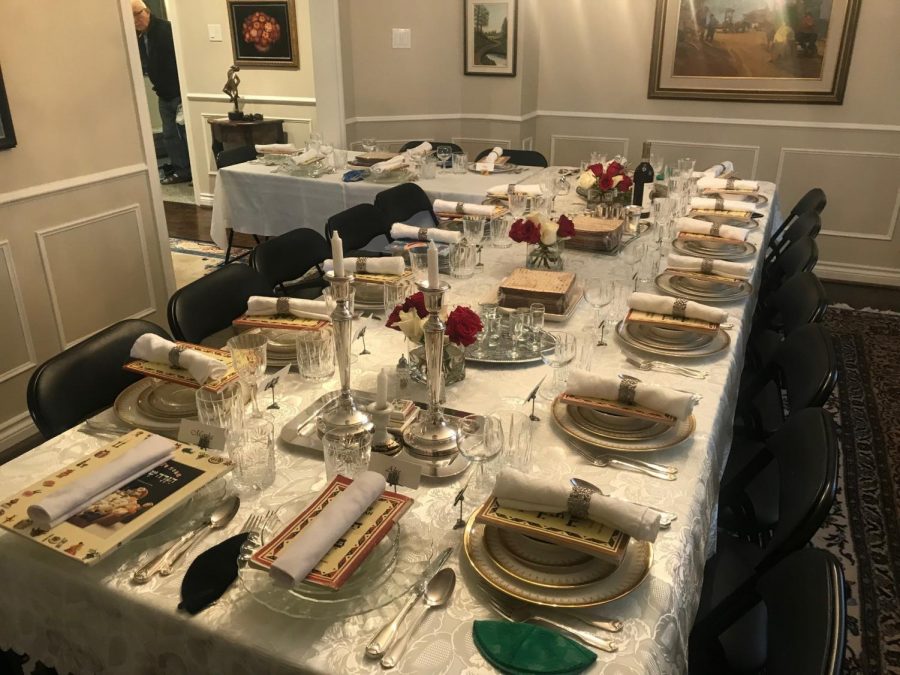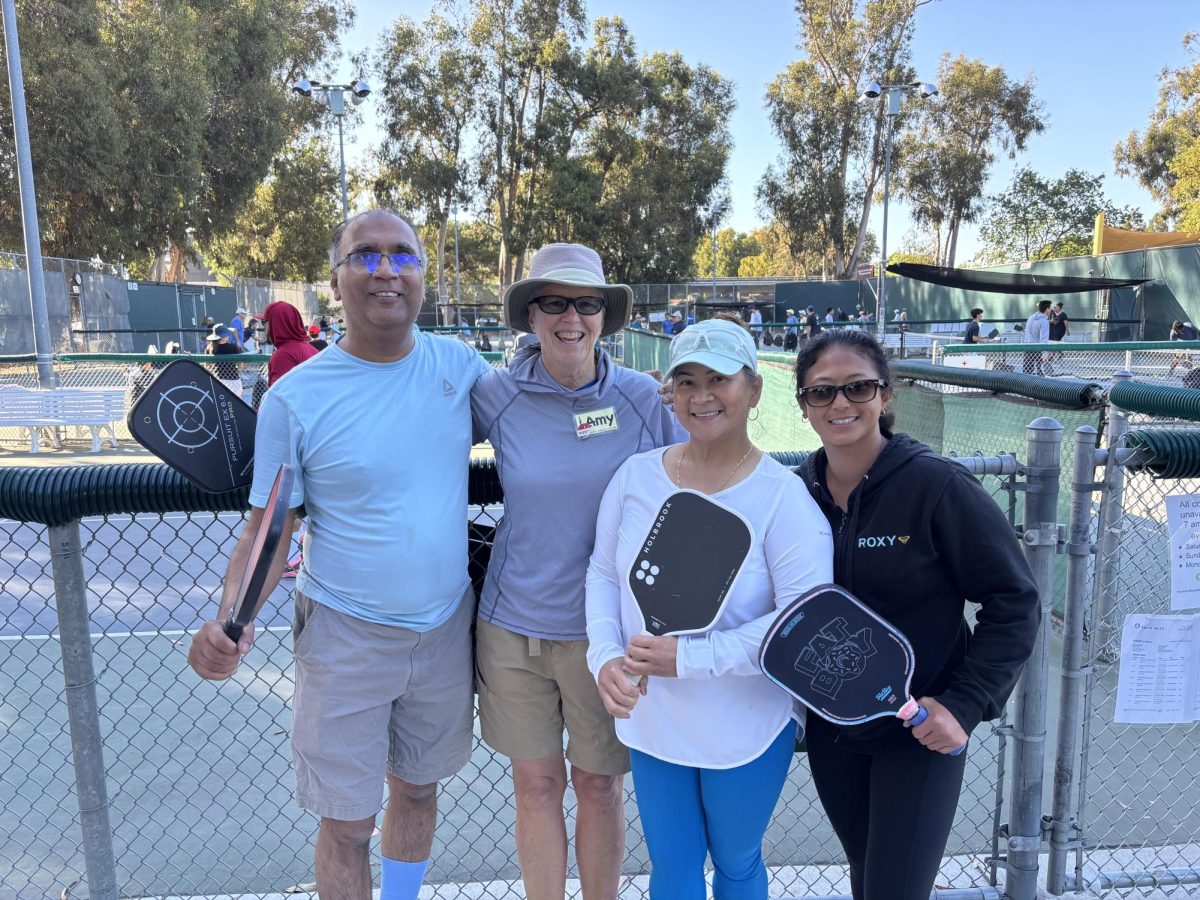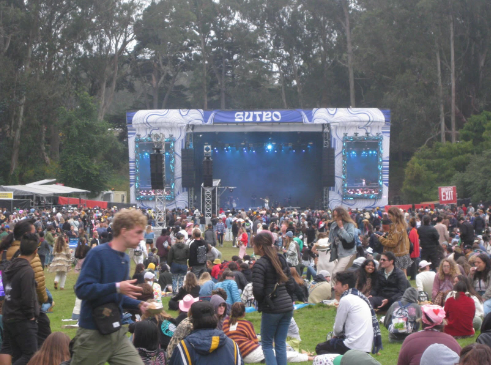This coming Monday, on April 2nd, I will be travelling to Toronto, Canada to visit my family, like I do every year. At least that is what I tell my teachers as they grumble about me missing school so close to Spring Break.
Except what I tell my teachers is not the full story. Although I actually do visit my extended family, I often leave out the part about me celebrating Passover, celebrated this year on Friday, March 29th and Saturday, March 30th.
Only heard that term in name? Don’t worry, you’re in the same boat as most of my teachers. Don’t worry, it’s just one of the most important Jewish holidays of the year, commemorating the Jewish people’s escape from slavery under the Egyptian Pharaohs.
A follow-up question to “What’s Passover?” is oftentimes, “What do you do on Passover?” Well, what happens is we have two seders, or a procedural dinner, on the first two nights of the holiday, where we tell the story of Passover. Each seder contains the centerpiece platter that the whole meal revolves around: the seder plate. The seder plate has seven different items on it, each representing a certain part of the Passover story and each with their own part to play over the course of the evening.
I won’t go into too much detail about the actual schedule, but the Seder begins with dipping parsley in salt water to symbolize the tears of the slaves and ends with finding a half of a piece of Matzo called the Afikomen hidden somewhere in the house. You really have to be there to understand what I’m talking about or why any of these traditions make sense.
When I tell people a brief explanation of a Passover seder, I am oftentimes met with blank stares and apologetic phrases of, “Could you repeat that again?” or “What was the part about the Afikomen?” I will tell people the whole story of the seder if their interest persists, and I appreciate when people want to learn more about Passover.
However, I am perplexed when people are confused about why our traditions are so unusual because many customs from holidays that everyone knows about are just as odd. For example, Easter, celebrated a day after Passover this year, has some interesting practices too, like having a bunny distribute eggs and rolling eggs down a hill. I believe that one should not comment on the oddities of Passover if they consider these traditions normal.
I do not want to delegitimize Easter or any other holiday for their customs. I would like to draw attention to the fact that we have a considerably large multicultural society, and yet many of us lack a basic understanding of customs from other cultures.
Unless we have at least a basic knowledge of cultural traditions that are not our own, we cannot truly call ourselves multicultural. I myself am not immune from this, as I am unaware of many holidays from other religions or cultures. For instance, I do not know much about the Muslim holiday of Eid al Adha, or the Hindu celebration of Holi, each celebrated by tens of millions of people each year, or many other traditions from other cultures.
I believe that the more we know about other cultures, the better off our society is, and the less awkward it is for people like me to explain their traditions each year. So, as Passover continues for the next few days, try to learn a little more about the holiday and about other holidays that are less prevalent in our society.












